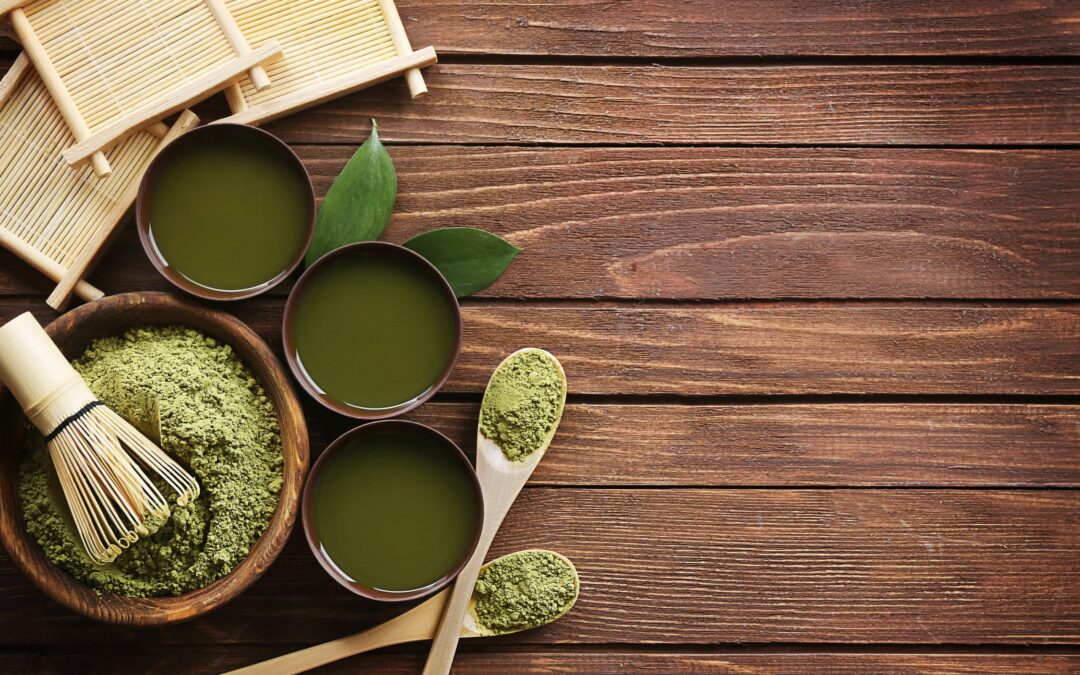Traditional Chinese Medicine (TCM) as it is most commonly taught and practiced today in Canada is an integrative approach to health and wellbeing that includes acupuncture, moxibustion, herbal medicine. This system of healing addresses emotional as well as physical causes of disease by rebalancing the way in which various kinds of energy (qi), blood and fluids within the body flow and interact with each other to produce vitality, resilience and resistance to disease by supporting an individual’s unique constitution.
Acupuncture transfers energy into, out of or between energy pathways and organs of the body. It is the gentle practice of inserting fine needles just beneath the skin and often into the muscle layer. This should not produce pain, but may elicit subtle sensations of heaviness or warmth.
Moxibustion is a warming technique that does not require penetration of the skin. It involves the transfer of heat from the ember of a dried herb (Artemsia vulgaris) to the patient’s body over specific acupoints, meridians or regions of the abdomen or back. This practice is used to either disperse stagnation of qi, blood or fluids in order to promote the restoration of normal physiological functions, or to increase energy and promote the function of the targeted organs.
Chinese Herbal medicine is based on at least 3000 years of empirically observing the effect of plants and minerals on the human mind and body, and is derived from both folk practices as well as a long scholarly tradition. It is related to other forms of traditional medicine from Eurasia such as Ayurveda, Ancient Greek, and Unani-Tibb. Herbs are prepared as synergistic formulations of herbs that work together to either thwart the pathomechanism of invading diseases, or to strengthen and harmonise the energy supply to organs and meridians. Herbs are ingested as formulations and can be taken in either liquid or pill form.
Kelsey Cunningham, Licensed Traditional Chinese Herbalist

